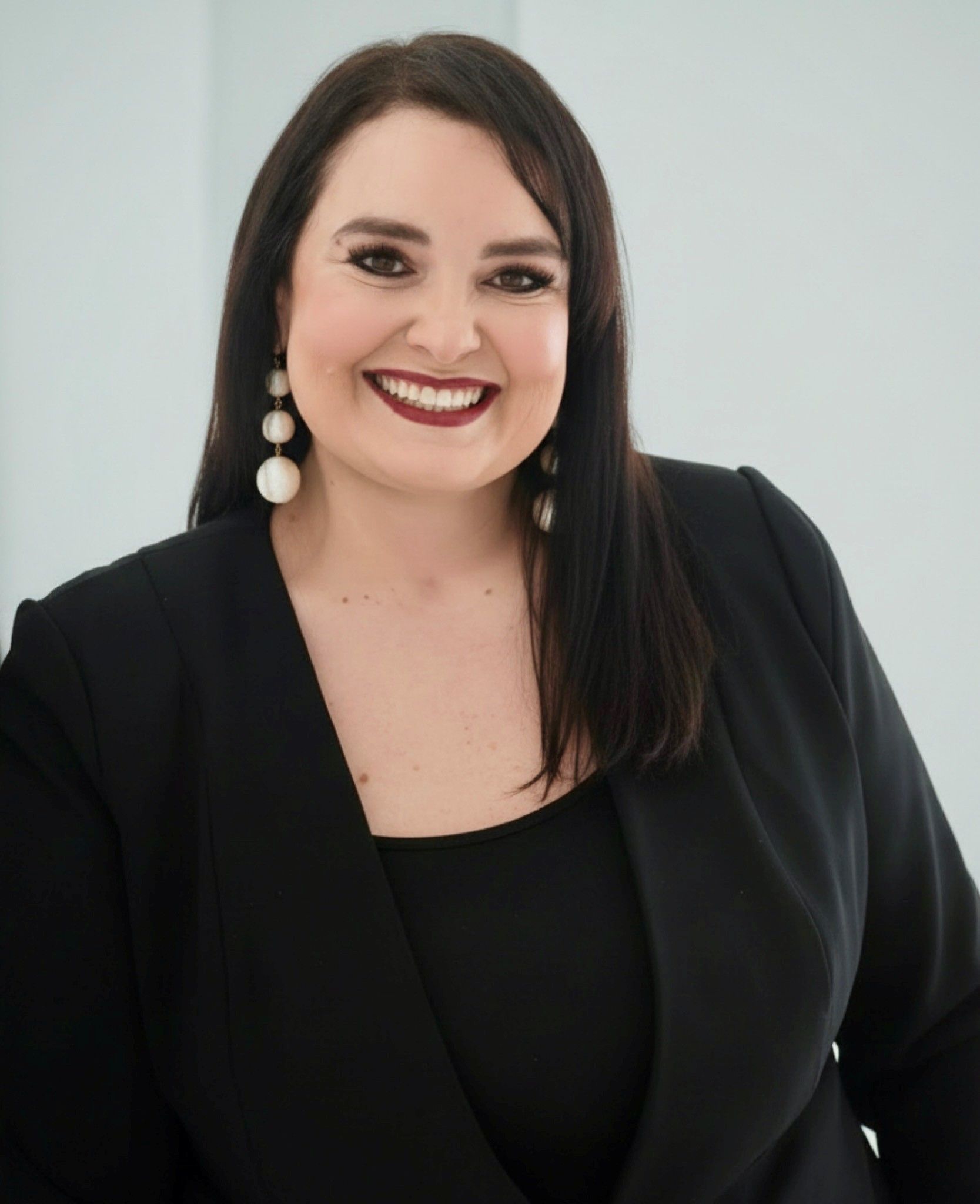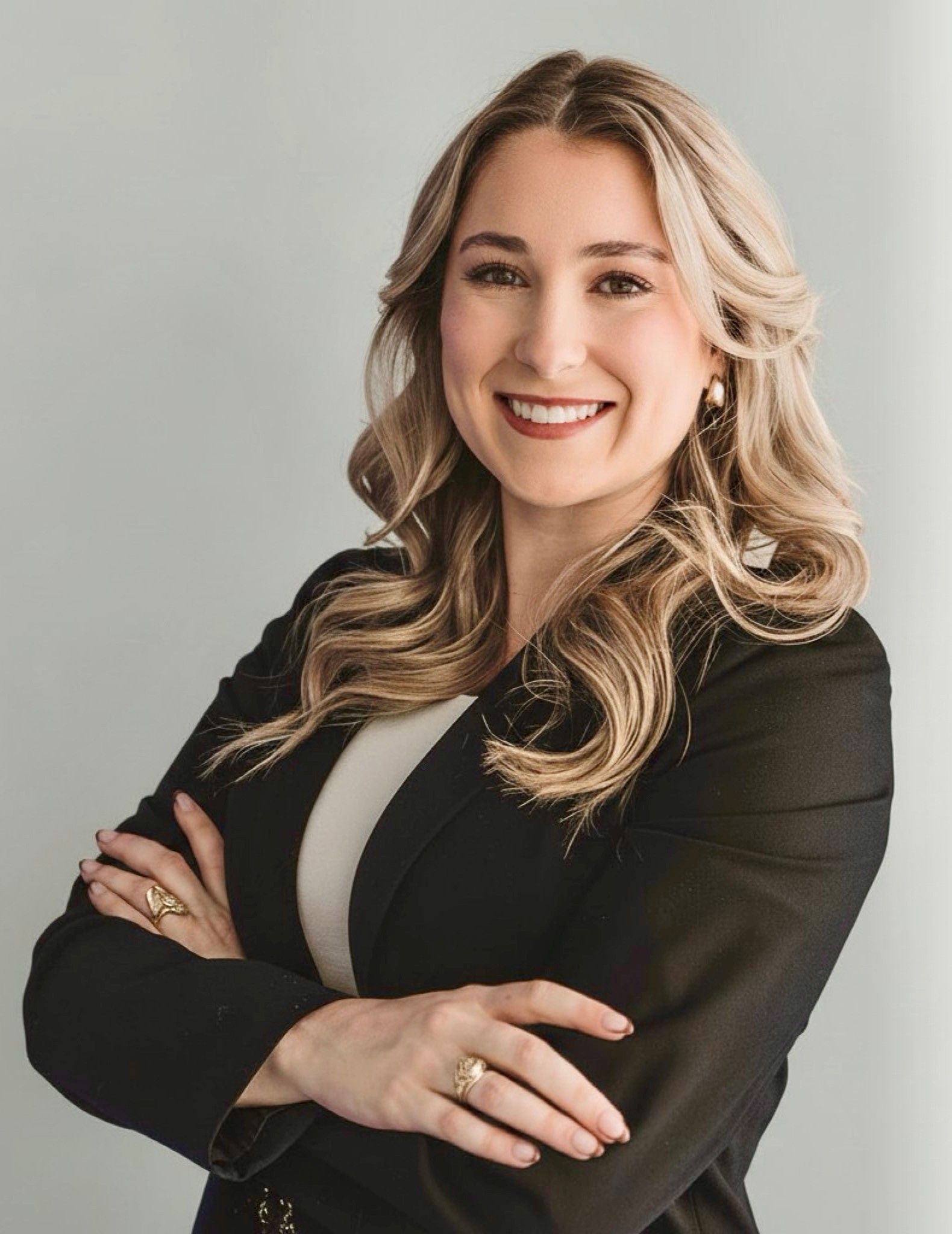What is a Drawing Page?
ATTORNEYS IN DALLAS
Learn about the importance of drawing pages in trademark applications, the distinction between standard character and special form drawings, and how they impact the registration process.
What is a Drawing Page?
When submitting a trademark application, the applicant must include a drawing page, unless the mark is for a non-visual element like a sound or scent. The drawing visually represents the trademark being sought for registration and comes in two forms: standard character and special form. If the mark consists of words, letters, numbers, or a combination thereof without any specific font style, size, or color, the United States Patent & Trademark Office (USPTO) will create a "standard character drawing" for the applicant. The USPTO provides a comprehensive list of all the standard characters that can appear in this type of drawing. If the drawing includes any element not found in the standard character list, the applicant must file a special format drawing. The Examining Attorney will consider the specimen submitted along with the application to determine if all the elements of the mark can be reproduced using standard characters.
A standard character drawing displays the trademark in black on a white background. The purpose of the drawing page is to inform the public about the nature of the trademark. The drawing is entered into the Trademark Electronic Search System (TESS) of the USPTO, and the application is uploaded to the Trademark Applications and Registration Retrieval (TARR) database on the USPTO website. By viewing the drawing page, prospective applicants can be aware of existing trademarks and conduct a preliminary clearance search before filing their own trademark application. For more information on why it's crucial to conduct a clearance search before registering a trademark, please refer to our webpage with the same title.
The second type of drawing is a "special form drawing," which is used when the applicant seeks protection for specific characteristics of the mark, such as design, stylized lettering (a particular font), or color. This drawing may either claim color as a feature of the mark or allow for the use of the design mark in any color. The special form drawing should display the trademark in black on a white background unless color is claimed as a feature. The drawing enables the USPTO to categorize the trademark for search purposes. It's essential to submit an exact representation of the mark because the USPTO will use the drawing to reproduce the mark in the Official Gazette for publication purposes and on the official Certificate of Registration.
The drawing must be in .jpg format, scanned at a resolution of no less than 300 dots per inch (dpi) and no more than 350 dpi. It is recommended that the mark image has dimensions of no less than 250 pixels and no more than 944 pixels, with minimal white space surrounding the trademark design. When color is not a feature of the trademark, the mark should appear in black and white. When scanning the image, ensure the settings are adjusted for a black and white image file, and remove the ™ symbol. The image should solely represent the mark.
If a color claim is made, each color must be specified, along with an explanation of where they appear in the mark. If white, black, or gray are present in the mark image, the applicant must clarify if those colors are claimed as features of the mark or if they are used to illustrate certain aspects of the mark that are not part of the mark itself. For instance, applicants may use dotted or broken lines to demonstrate the placement of the mark on a product. However, if the mark's background is white and it's evident that the background is not a feature of the mark, no explanation of the white background is necessary. Preparing trademark applications containing special form drawings can be intricate and often requires guidance from trademark counsel.
Contact an Experienced Trademark Attorney
If you need legal advice regarding your trademark rights, assistance with trademark prosecution, or representation in a domain name dispute, contact Wilson Whitaker Rynell. Our team of trademark lawyers has extensive experience in all aspects of trademark and copyright law, including the filing of trademark applications and representing clients in defense or prosecution before the Trademark Trial and Appeal Board.
- 66(a) Applications
- Abandoning a Trademark Application or Withdrawing a TTAB Proceeding
- Abandonment and Nonuse
- Abbreviations as Trademarks
- Accelerated Case Resolutions
- Acquired Secondary Trademark Meaning
- Amending Trademark Application
- Assigning a Trademark
- Assigning a Trademark and the Intent to Use Application
- Avoiding Fraud on Trademark Applications
- Avoiding Trademark Litigation
- Basis for Filing a Trademark
- Benefits of Registering a Trademark
- Bona Fide Intent to Use
- Celebrity Trademarks
- Challenging the Relatedness Factor
- Challenging Trademark Rights
- Claims in a Notice of Opposition
- Co-Existence Agreements
- Common Law Trademarks in the Internet Era
- Common Law Use and Priority
- Conflicting Marks
- Consent Agreements
- Constructive Use Priority
- Dates of Use
- Defenses in Opposition and Cancellation Proceedings
- Descriptive or Generic Trademarks
- Design Marks
- Design Trademarks
- Determining Trademark Similarities
- Discovery in TTAB Proceedings
- Dividing a Trademark Application
- Drawing Page
- Electronic Display Specimens for Trademarks
- Evidence in TTAB Proceedings
- Evidence of Acquired Distinctiveness
- Expediting Trademark Cancellation for Nonuse or Abandonment
- Extending Time to Oppose
- Factors of a Likelihood of Confusion Analysis
- False Suggestions of Connection
- Famous Trademarks and Likelihood of Confusion and Dilution
- Filing an Opposition or Cancellation Proceedings
- First Sale Doctrine
- Five Years of Use
- Foreign Trademark Rights
- Generic Trademarks
- Geographic Trademarks
- Hiring Trademark Counsel
- Immoral and Scandalous Trademarks
- Incontestability of U.S. Trademarks
- International Trademark Filings
- Joint Trademark Ownership
- Lawful Use of a Trademark in Commerce
- Likelihood of Confusion Analysis
- Likelihood of Confusion Refusal
- Merely Descriptive Trademarks
- Multiple Bases for a Trademark Application
- Overcoming and Ornamentation Trademark Refusal
- Personal Name Trademarks
- Principal and Supplemental Registers
- Protecting Single Creative Works
- Recording Trademark Assignments
- Refusal of a Trademark
- Refusing a Trade Dress Application
- Registering a Certification Trademark
- Registering a Service Mark
- Registering a Trademark That Lacks Inherent Distinctiveness
- Registering an International Trademark
- Relatedness of Goods or Services
- Request for Reconsideration in Trademark Office Action
- Requirements for International Trademark Application
- Revive an Abandoned Trademark Application
- Secondary Meaning
- Source Confusion
- Special Trademark Applications
- Standard Character and Special Format Marks
- Standing in Opposition and Cancellation Proceedings
- State Trademark Registration
- Statement of Use Extensions
- Tacking Doctrine
- Technical Trademark Use
- The Supplemental Register
- Trade Dress
- Trade Dress Application
- Trademark Application
- Trademark Clearance Searches
- Trademark Disclaimers
- Trademark Licensing
- Trademark of Authors, Performing Artists, and Characters
- Trademark Ownership
- Trademark Protection In Texas
- Trademark Settlements
- Trademark Specimens
- Trademark Specimens
- Trademark Use by Related Company
- Trademark Use in Advertising
- Trademark Use in Commerce
- Trademarking a Distinctive Mark
- Trademarking a Hashtag
- Trademarks for Musical Artists
- TTAB Discovery Rules
- TTAB Proceedings
- U.S. Service Mark
- U.S. Trade Dress
- Understanding Trade Channels
- Unitary U.S. Trademark
- Universal Symbols as Trademarks
- Using Secondary Sources
- What is an Ex Parte Appeal?
- Where to Register a Trademark
- Who Must File a Trademark?
CLIENT MATTERS
5,000+
YEARS OF SERVICE
25+
Award Winning
Recognized in the legal industry as dedicated board-certified lawyers and Rising Stars.
Expert Team
Your project will be handled by legal experts every time. You will have the most experienced attorneys working for you.
Quality Representation











